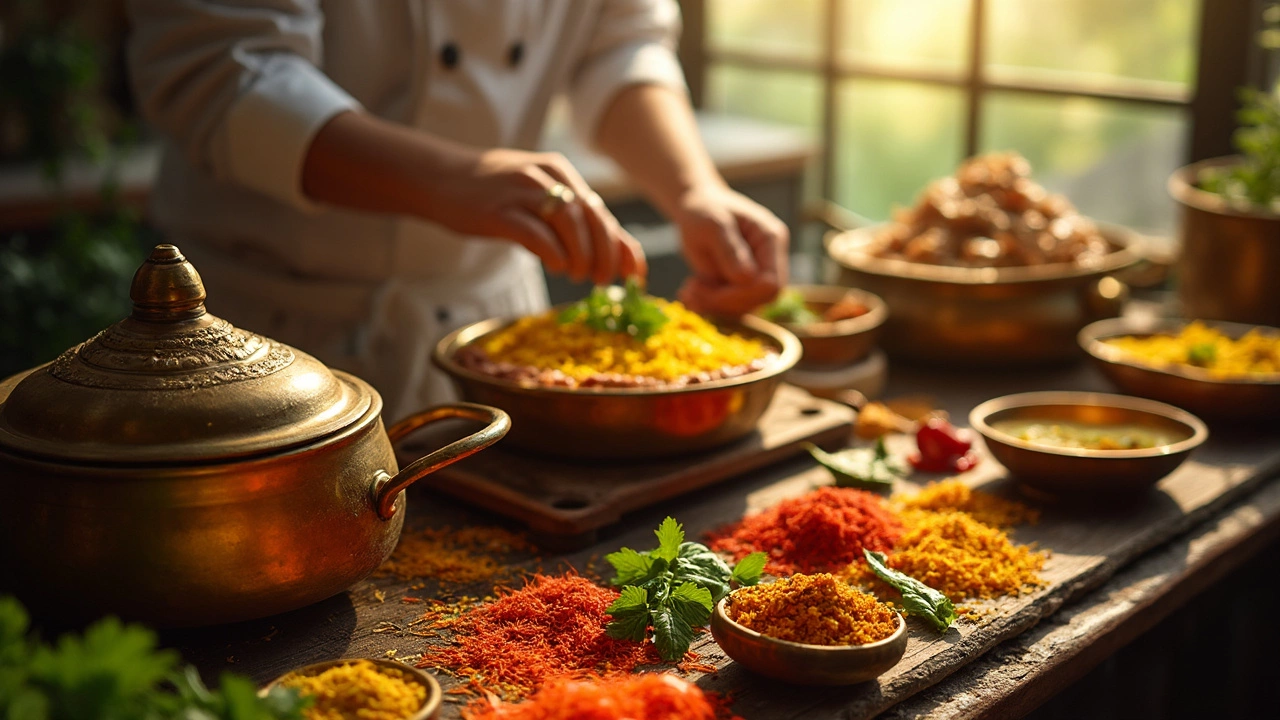Biryani Cooking Time: Master the Perfect Timing
When working with Biryani cooking time, the period needed to cook layered rice and protein so that each grain stays fluffy and every spice penetrates fully. Also known as biryani timing, it controls texture, flavor, and food safety. Biryani itself is a celebratory one‑pot dish that blends aromatic rice, marinated meat or vegetables, and a symphony of spices. The cooking process often uses dum cooking, a sealed‑pot technique that traps steam and forces flavors to meld. Selecting the right Basmati rice adds the signature long‑grain texture that stays separate after steaming. Together, these entities create a chain of cause and effect: proper dum cooking requires a sealed vessel, which in turn relies on the correct cooking time to generate enough steam without overcooking the rice.
Key Factors That Influence Biryani Cooking Time
The first factor is rice preparation. Soaking Basmati for 20‑30 minutes reduces the interior cooking time and helps the grains expand evenly. Next, the protein layer matters: marinated chicken, lamb, or paneer releases juices that raise the pot’s temperature, shortening the final steam‑phase by a few minutes. The amount of liquid you add is another pivot point; too much water forces a longer boil, while too little makes the rice burn before it’s cooked through. Dum cooking adds a dual‑stage timing: an initial high‑heat boil (usually 10‑12 minutes) to bring everything to a vigorous simmer, followed by a low‑heat seal (15‑20 minutes) where steam circulates. Adding a splash of lemon juice, as many cooks do, not only brightens flavor but also slightly lowers the boiling point, shaving off a minute or two from the overall time. Finally, the cooking vessel—heavy‑bottomed pot, Dutch oven, or pressure cooker—affects heat distribution; a thicker base holds heat longer, allowing a steadier low‑heat phase.
Putting these pieces together forms a clear picture: biryani cooking time is not a single number; it’s a range shaped by rice type, protein moisture, liquid ratio, and the dum method you choose. Knowing the variables lets you adjust on the fly—if you’re using a pressure cooker, cut the low‑heat phase in half; if you prefer a vegetarian biryani with extra vegetables, add a couple of minutes to let the veggies soften. With this framework you can predict how changes will ripple through the process, ensuring fluffy rice, tender protein, and a balanced spice profile every time. Below you’ll find a curated set of articles that dive deeper into each of these aspects, from lemon tricks to secret ingredient hacks, so you can fine‑tune your biryani cooking time with confidence.

Why Biryani Takes So Long to Cook
Biryani, a beloved dish, often takes a while to prepare and cook. This is due to the careful layering of ingredients, soaking time for rice, marination of meat, and the slow-cooking process that imparts rich flavors. Understanding why biryani takes so much time can enhance your cooking experience and result in a more delicious dish. Let's delve into the reasons and discover tips to streamline your biryani journey.